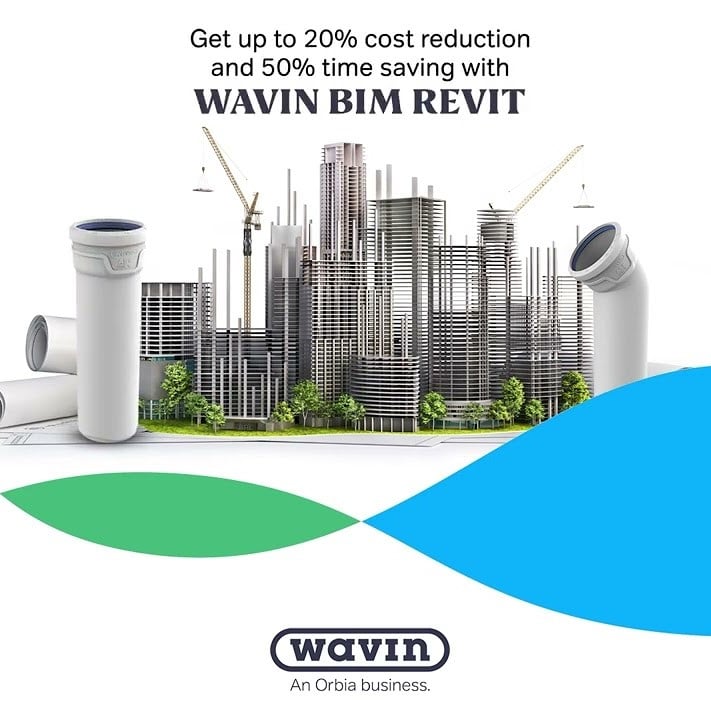Building Information Modeling (BIM) has been gaining traction in the construction industry as a powerful tool for project planning, design, construction, and management. BIM not only facilitates collaboration and communication between project stakeholders but also promotes sustainability in construction projects. In this article, we will explore the ways in which BIM can be used to promote sustainability in the construction industry.
One of the most significant ways in which BIM promotes sustainability is by enabling early-stage design analysis. BIM tools allow architects and engineers to create 3D models that can be used to test different design options and evaluate their environmental impact. By simulating various scenarios, stakeholders can identify and mitigate potential sustainability issues before construction begins, such as reducing energy consumption and optimizing materials usage. BIM tools also enable real-time performance monitoring during the operation of the building, ensuring that the building continues to operate efficiently and sustainably.
Another way in which BIM promotes sustainability is by facilitating the use of sustainable materials. BIM tools can be used to assess the environmental impact of different materials, such as their carbon footprint, and help stakeholders to select materials that are sustainable and eco-friendly. By optimizing the use of sustainable materials, the environmental impact of construction projects can be significantly reduced.

Environmental Product Declaration
In order to support the sustainable design and to meet the projects objectives, it is very important to have a solid documentation that shows a certified proof of environmental impact of a product over its lifetime. And here EPD plays crucial role. An Environmental Product Declaration (EPD) is a standardized document that provides transparent and verified information about the environmental impact of a product or service. EPDs are recognized globally as a reliable and credible source of information on a product's environmental impact. They are based on international standards and guidelines, such as ISO 14025 and EN 15804, which ensure that the information provided is consistent and transparent.
BIM can also help construction companies achieve sustainable building certifications, such as LEED or BREEAM. These certifications require specific sustainability criteria to be met, and BIM can be used to ensure that these requirements are met throughout the project lifecycle. BIM tools can help manage and track the documentation required for certification, such as the quantity of materials used and the energy consumption of the building.
Finally, BIM can also be used to manage the lifecycle of a building, ensuring its ongoing sustainability. BIM tools enable stakeholders to monitor and manage the building's performance in real-time, identifying potential issues and opportunities for optimization. BIM tools can also be used to facilitate building maintenance and renovation, promoting the use of sustainable practices and materials.
In conclusion, BIM is a powerful tool that can be used to promote sustainability in the construction industry. By enabling early-stage design analysis, facilitating the use of sustainable materials, helping achieve sustainable building certifications, and managing the lifecycle of a building, BIM can significantly reduce the environmental impact of construction projects. With the increasing focus on sustainability and the urgency to tackle climate change, BIM will play a vital role in building a more sustainable future.

Do you have any questions about BIM?
Contact our BIM expert Oleksandra Furman: oleksandra.furman@wavin.com

